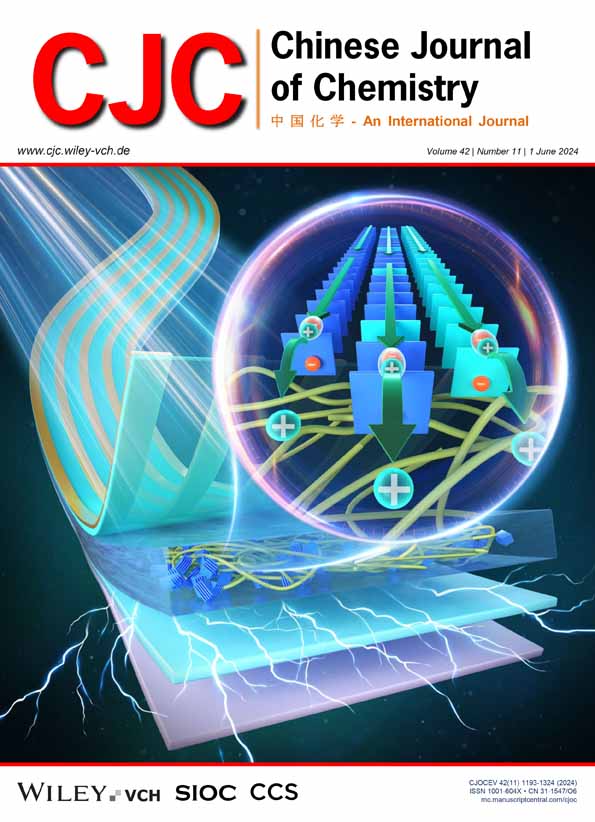Polydimethylsiloxane-Driven Microdroplet Systems: Propelling Forces in Advancing Chemical and Materials Innovation
Abstract
Microfluidic technology is an emerging arena that manipulates tiny fluids through the use of microchannels, which typically range in dimensions from tens to hundreds of micrometers. This technology has been widely applied in chemical analysis, biological detection, and materials synthesis due to its precise processing and manipulation of tiny fluids. Moreover, droplet microfluidics with polydimethylsiloxane (PDMS) devices is one of the most famous ways to carry out some applications or investigations that were not previously possible using conventional techniques. This review covers the mechanisms of droplet formation, innovative applications in synthesis, and potential integration with advanced techniques. Precise control over microfluidic channels, excellent efficiency, product consistency, and high-throughput screening capabilities are highlighted. In this respect, employing this technology in the synthesis of nanomaterials, small molecules, and polymers is discussed, as well as facilitating the development of novel materials. Additionally, we discuss future prospects, including optimizing device design, integrating with cutting-edge technologies, and advancing precision medicine. Despite challenges related to device complexity and fabrication costs, the potential for resolution through new materials and methods underscores the critical role of droplet microfluidics in scientific innovation.
Key Scientists


 求助内容:
求助内容: 应助结果提醒方式:
应助结果提醒方式:


